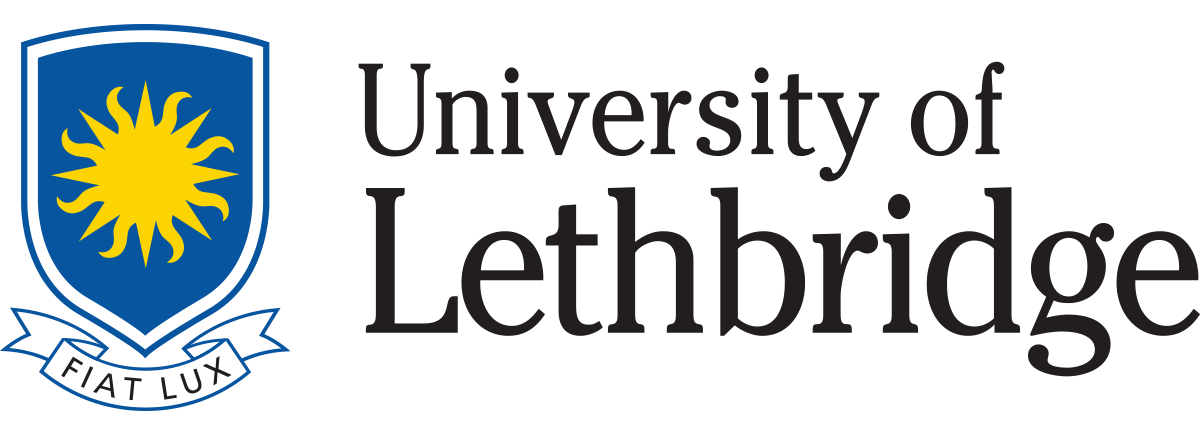Citation:
Abstract:
The preparation and crystal structures of four beta-ketoimines with bulky aryl nitrogen substituents (2,6-diisopropylphenyl and 2,4,6-trimethylphenyl) and varying degrees of backbone methyl substitution are reported. Backbone substitution ``pinches'' the chelate ring. Deprotonation with n-butyllithium leads to dimeric Li2O2 clusters, as primary laddered units, with an open transoid geometry as shown by crystal structures of three examples. The coordination sphere of each lithium is completed by one tetrahydrofuran ligand. NMR spectra undertaken in either C6D6 or 1:1 C6D6/d(8)-THF show free THF in solution and the chemical shifts of ligand methyl groups experience significant ring-shielding which can only occur from aryl rings on adjacent ligands. Both features point to conversion to higher-order aggregates when the THF concentration is reduced. Recrystallization of the materials from hydrocarbon solutions results in secondary laddering as tetrameric Li4O4 clusters with a cuboidal core, three examples of which have been crystallographically characterised. These clusters are relatively insoluble and melt up to 250 degrees C; a consideration of the solid-state structures indicates that the clusters with 2,6-diisopropylphenyl substituents form very uniform ball-like molecular structures that will only be weakly solvated.


